[IMSAI Guy] presents for your viewing pleasure, a nice video on the topic of optical filters and mirrors. (Video, embedded below) The first optical device is a simple absorption filter, where incoming light is absorbed in a wavelength-selective manner. Much more interesting however is the subject of interference or dichroic filters. These devices are constructed from many thin layers of a partially reflective material, and operate on the principle of interference. This means that photons hitting the filter stack will interfere either constructively or destructively giving the filter a pass or stop response for a particular wavelength.
As [IMSAI Guy] demonstrates, this makes the filters direction-specific, as photons hitting the stack at a different angle will travel slightly further. Longer travel means the interference effect will be different, and so will the filtering response. You can see this by playing around with one in your hands and seeing the color change as your rotate it. Dichroic filter films can also make for some stunning optical effects. Very cool stuff.
By creating a filter stack with a wide enough range of inter-layer thicknesses, it’s possible to construct a mirror that covers the full spectrum with excellent reflectivity. Since you can tune the layers, you can make it reflect any range of wavelengths you like. One thing we’ve not seen before is a wedge-like optical filter device, where the layer thicknesses progressively increase lengthways, creating a variable optical frequency response along the length. We guess this would be useful for diagnostics in the field, or perhaps for manually tuning a beam path?
We like the applications for dichroic films – here’s an Infinity Mirror ‘Hypercrystal’. If you don’t want to buy off-the-shelf films, perhaps you could sputter yourself something pretty?



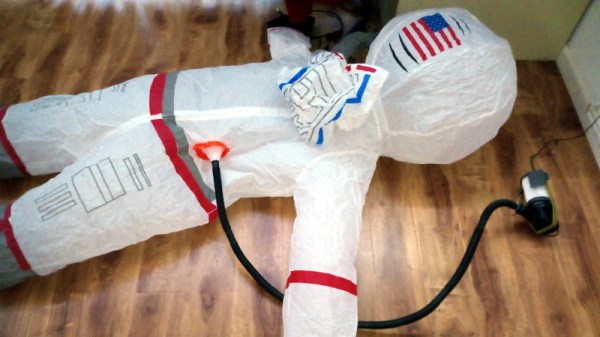
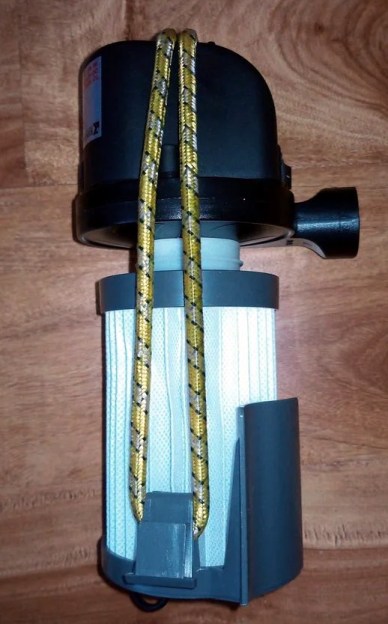
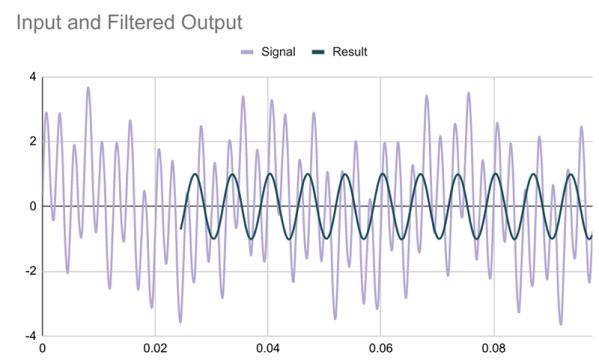
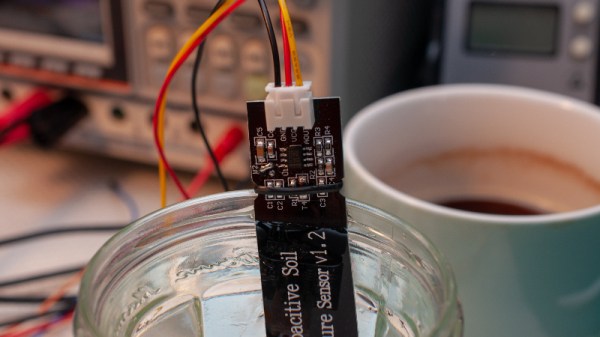

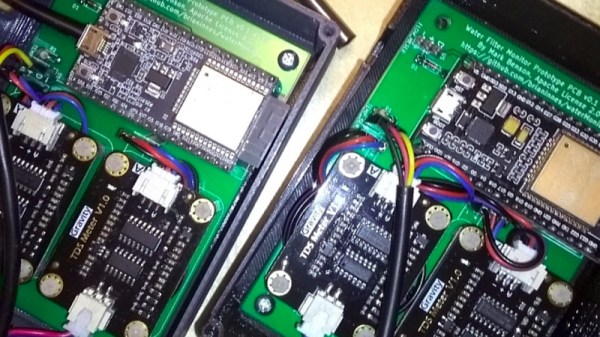
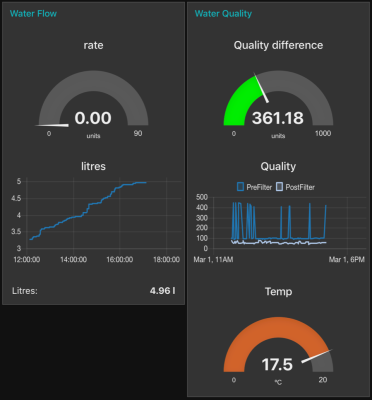 The water passing through the filter is monitored by a couple of DFRobot TDS modules, a flow meter, and a DS18B20 temperature sensor. The data from these is fed into an ESP32 dev board, which makes it available by a web interface for handy accessibility through a smartphone. It can then be used to work out how much of the filter’s capacity has been used, and indicate when a replacement is needed. All the code is available in
The water passing through the filter is monitored by a couple of DFRobot TDS modules, a flow meter, and a DS18B20 temperature sensor. The data from these is fed into an ESP32 dev board, which makes it available by a web interface for handy accessibility through a smartphone. It can then be used to work out how much of the filter’s capacity has been used, and indicate when a replacement is needed. All the code is available in 









